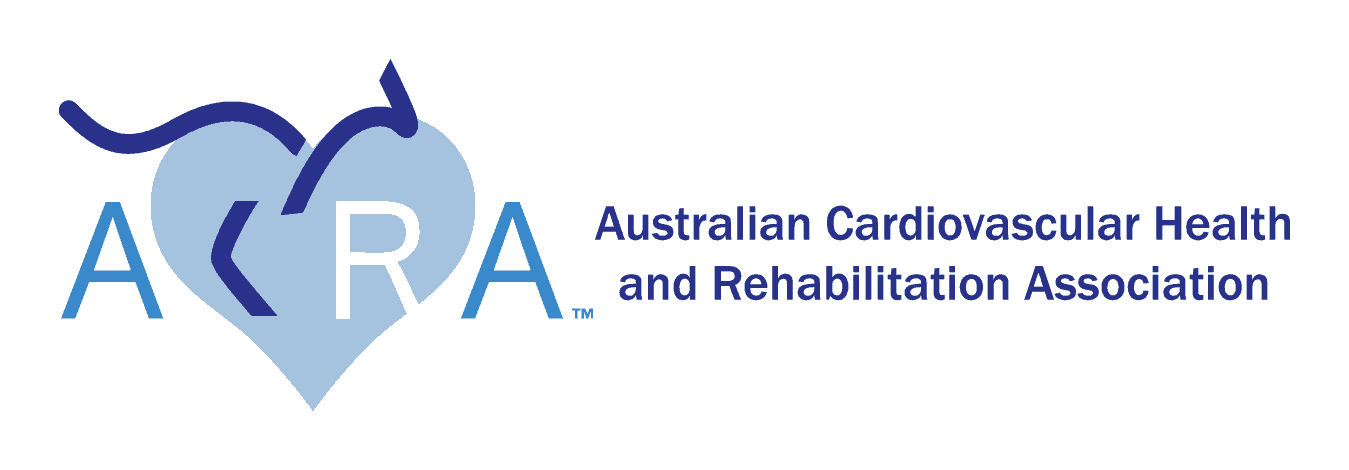More from the ACRA Conference
Optimising delivery of the resource “What’s wrong with my Heart” DVD during a hospital admission
Tracy Swanson (1,2) Craig Cheetham (2,3)
1. Hollywood Private Hospital
2. Cardiovascular Care WA
3. School of Exercise, Sports Science and Health – University of Western Australia
“What’s wrong with my heart” is a 2-disc DVD developed by SA Heart and Ashford Hospital-South Australia which aims to promote holistic cardiovascular health, risk factor modification and encourage attendance to cardiac rehabilitation.
Inpatient education is an important component of patient care, with evidence demonstrating adults benefit from receiving information provided in various formats. Traditionally education has been delivered in 2 main modes, verbal and written. Implementing different education methods can provide more opportunities for patient education and can assist to generate efficiencies within ward settings.
The purpose of this study was to assess:
- The optimal time to view the DVD during admission
- If the DVD content complemented existing resources within Coronary Care Unit (CCU) at Hollywood Private Hospital (HPH)
- If verbal information delivered on the ward was consistent with DVD content
- If the content was perceived as valuable
- If the modality effective
The introduction of the DVD was trialled to complement usual care. It was viewed on a portable 10” DVD player (unit cost = $140). A survey was developed and the DVD was randomly introduced during any of the 4-phases of a patient’s admission, on admission, pre-procedure, post- procedure or on discharge. It was delivered to patients with ischaemic heart disease (Non-ST segment myocardial infarction and elective angiography +/- intervention).
40 patients were randomly assigned to view the resource. 38 patients (26 male, 12 female) reviewed the DVD and completed the survey in its entirety.
The significant finding from this study showed there was a clear preference in preferred time to view the DVD. Most patients preferred to view the DVD preprocedure.
Of those who watched the DVD pre-procedure 93% considered this the optimal time, however patients who watched the DVD after their procedure 61% would have preferred a different time.
All patients indicated verbal and printed information was consistent with DVD content and their perceived understanding improved. They would recommend the DVD to fellow patients and are keen to purchase the DVD so they can revisit the information post discharge and share with family members. The portable DVD modality was effective, it is affordable in any health care setting and holds the potential to increase clinical staff availability assisting efficiencies in the acute care setting.
As a result of this study the DVD will now be offered to patient’s pre procedure as a part of usual care and the concept will be discussed with other departments.
Delivering information pre-procedure will allow clinical staff to reinforce important health messages.

